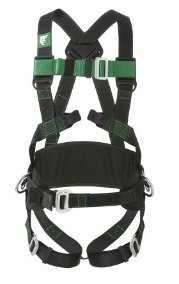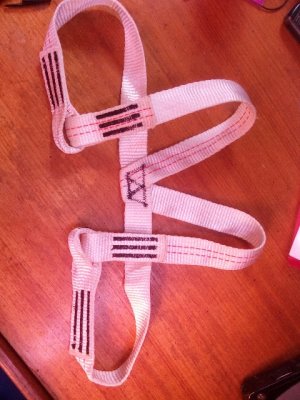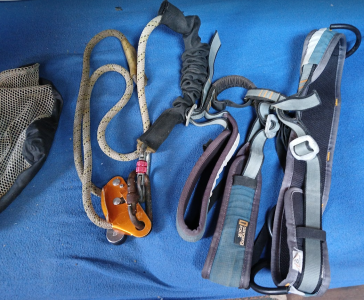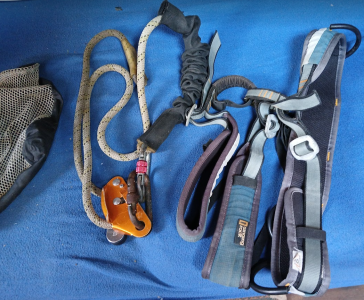Refueler
Well-known member
I carry a 3m square of trawler quality fishing net. The inner end attaches to two mooring cleats and the outer corners to be lifted by the boom and mainsheet once the casualty is alongside and within the net who can be rolled inboard once raised to deck level.. ..as advised by a wily old skipper and lifeboatman....if the casualty is fit enough he/she can clamber up the net
.... Hope it works....
There are two reasons this or the sail are excellent methods.
1. The amount of effort to haul the person up and rolled onto deck is significantly less than a direct lift due to acting like a small tackle to halve the force needed. It was used for centuries as a means to roll barrels etc onto ships ....
2. Casualty is not subjected to mishandling - a badly placed strop / lift point can in fact break the back / spine .....
Thinking about lifting / tether points. Its actually a very bad idea to have your lifting / tether point at front of your body ... best is at the side, still allowing you to reach out and manoeuvre ... least damaging but leaves you in awkward position is to the rear of body.




